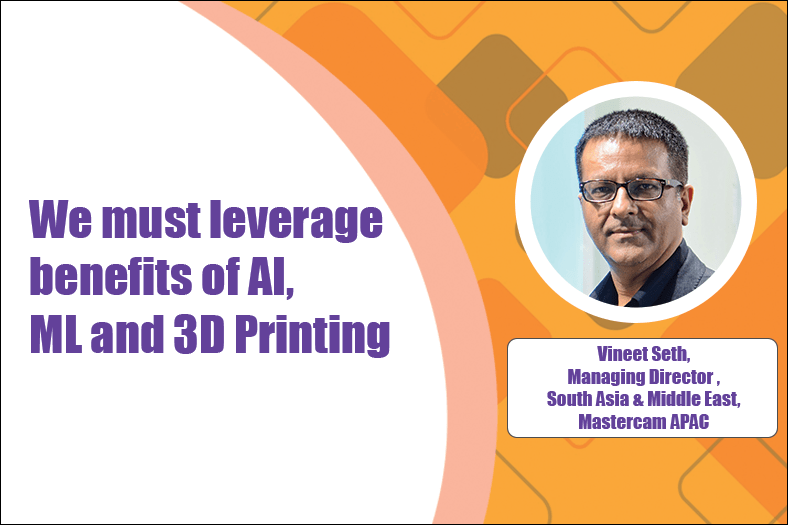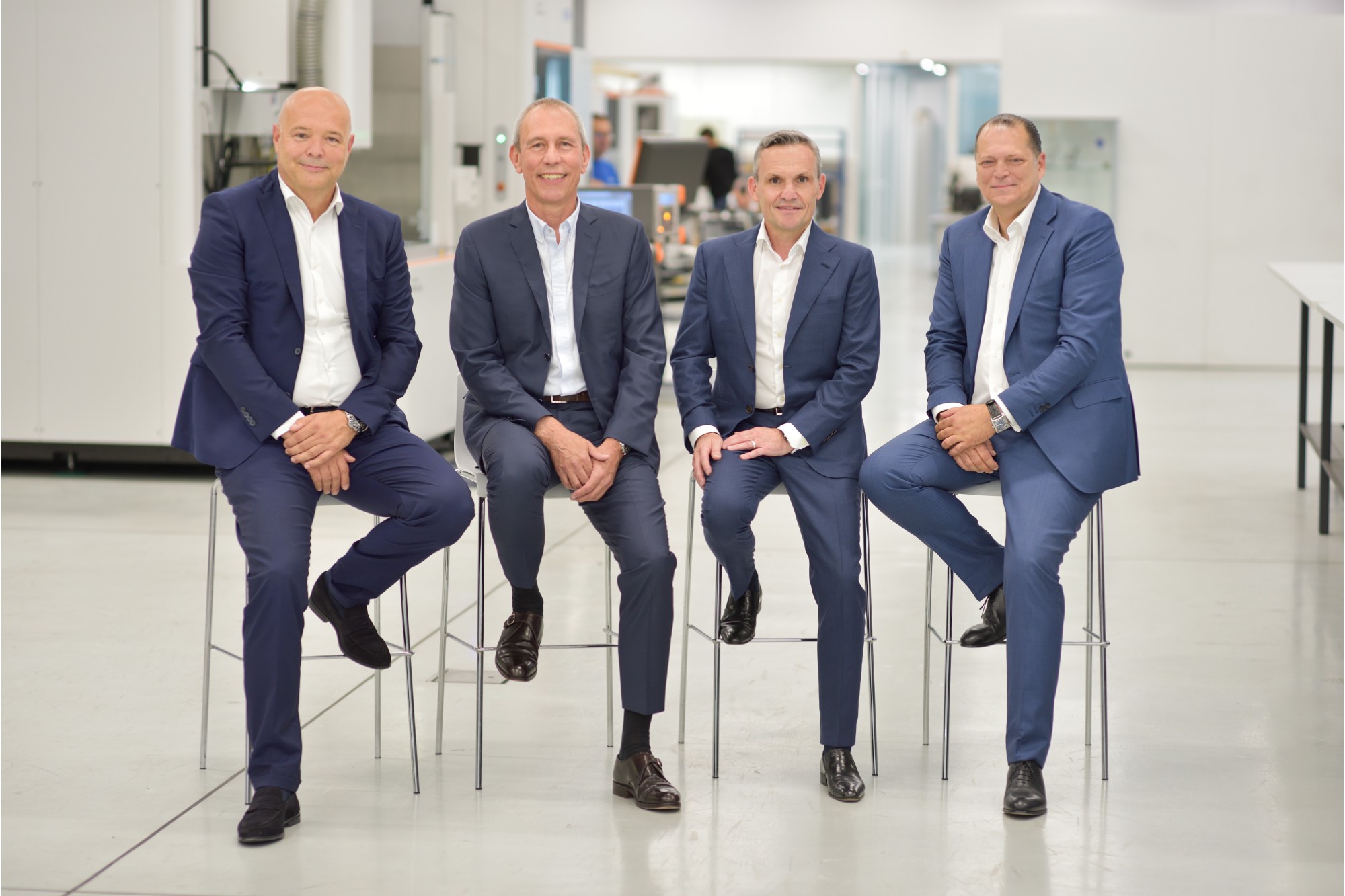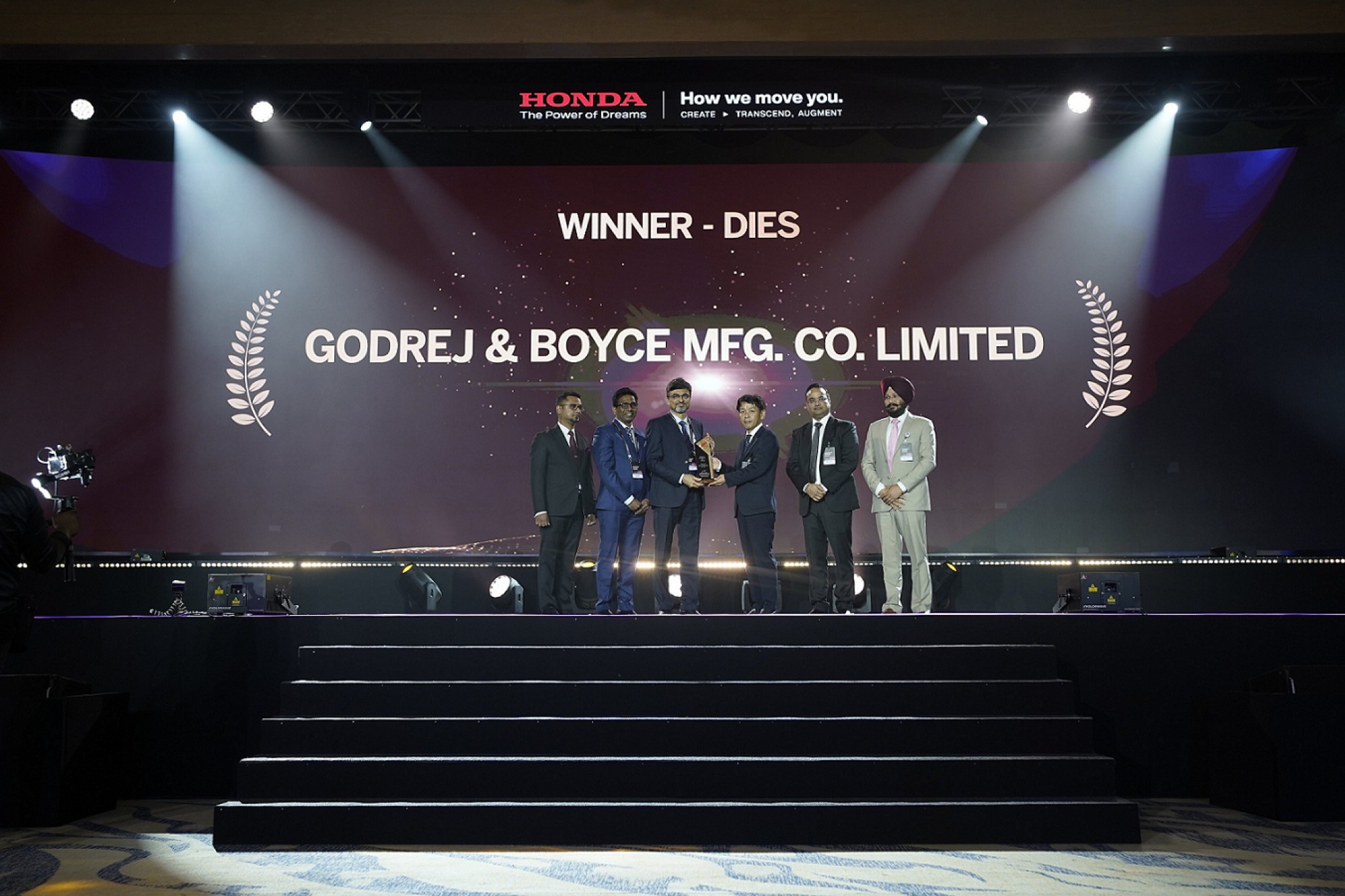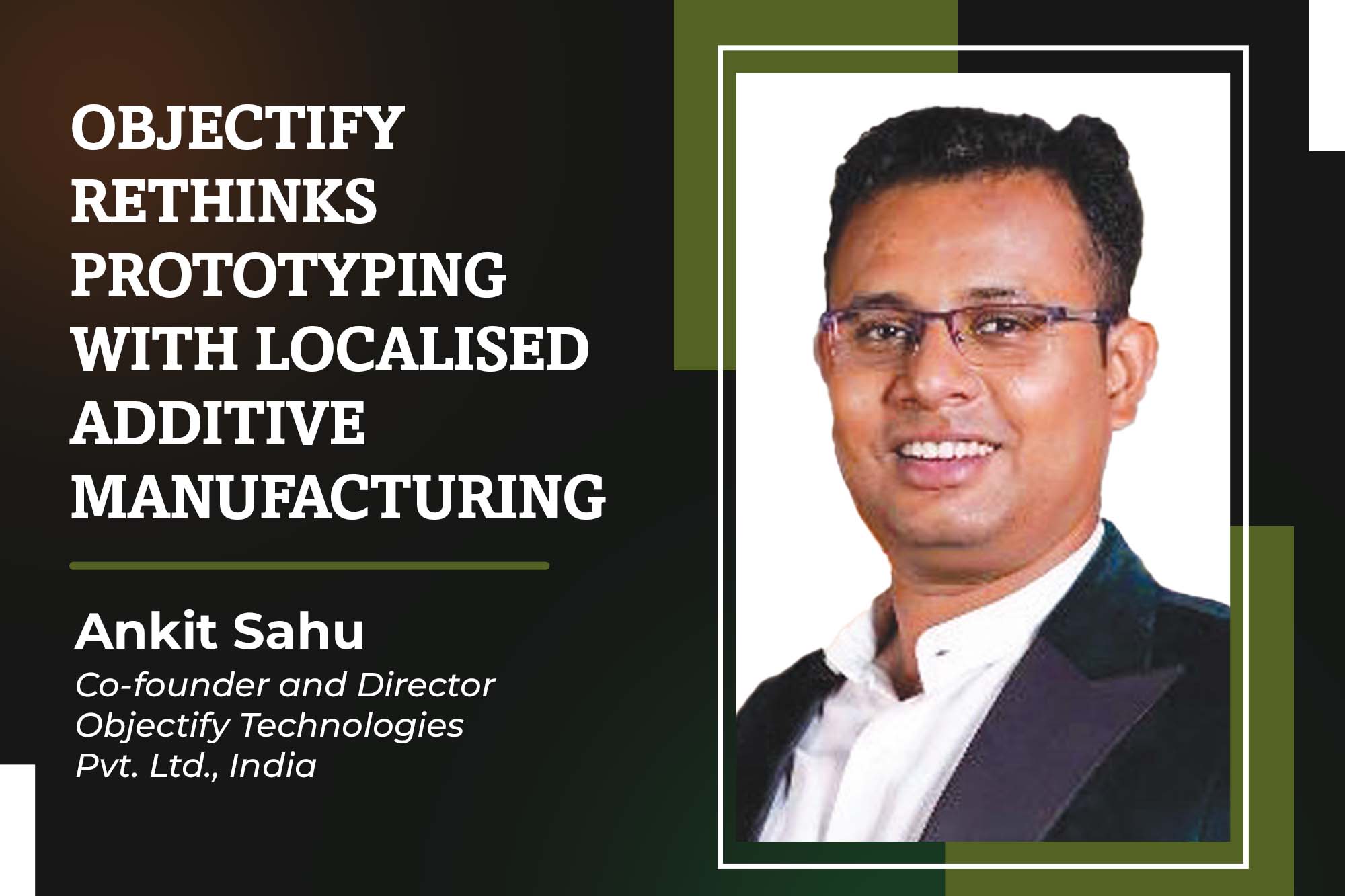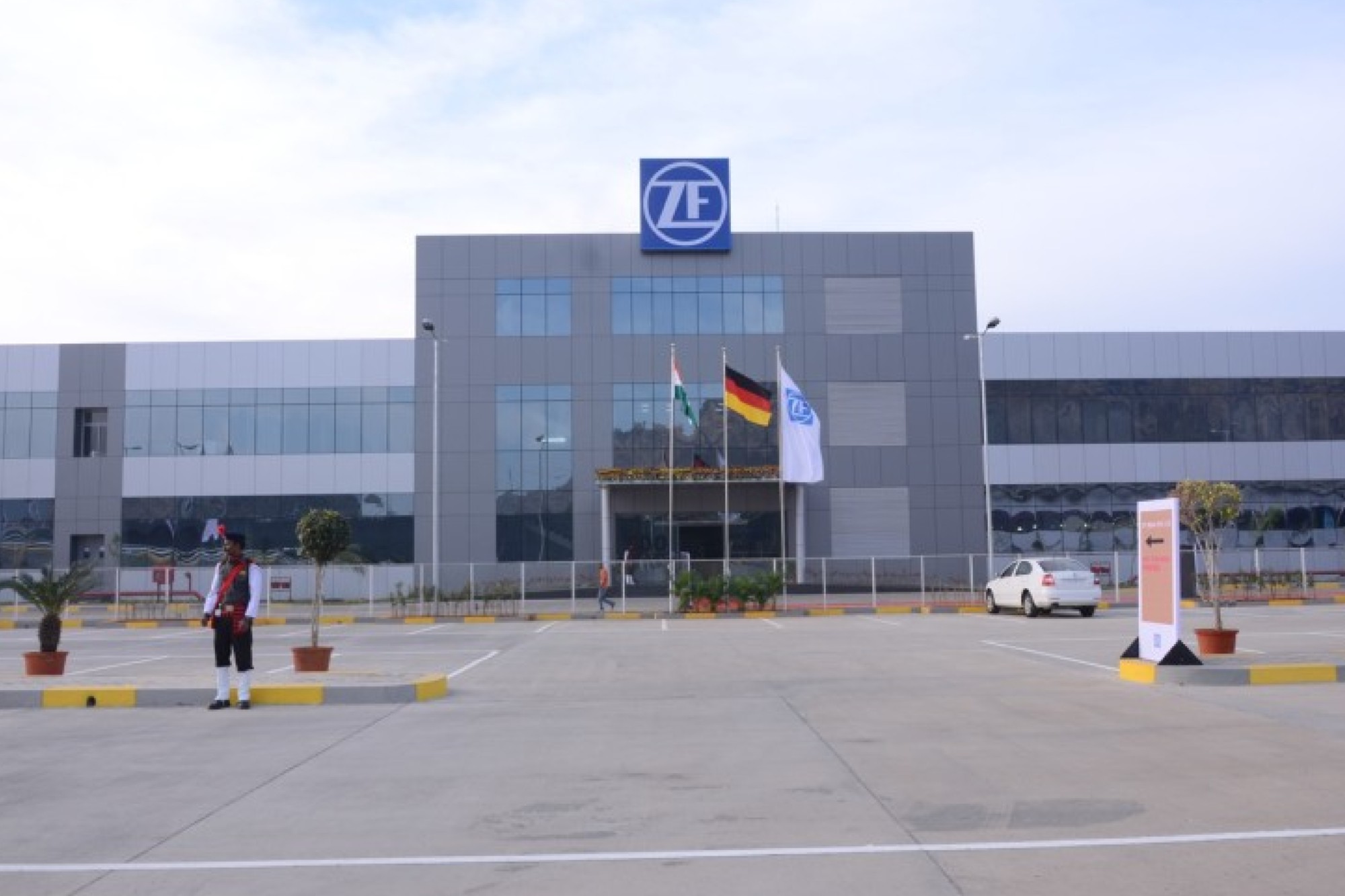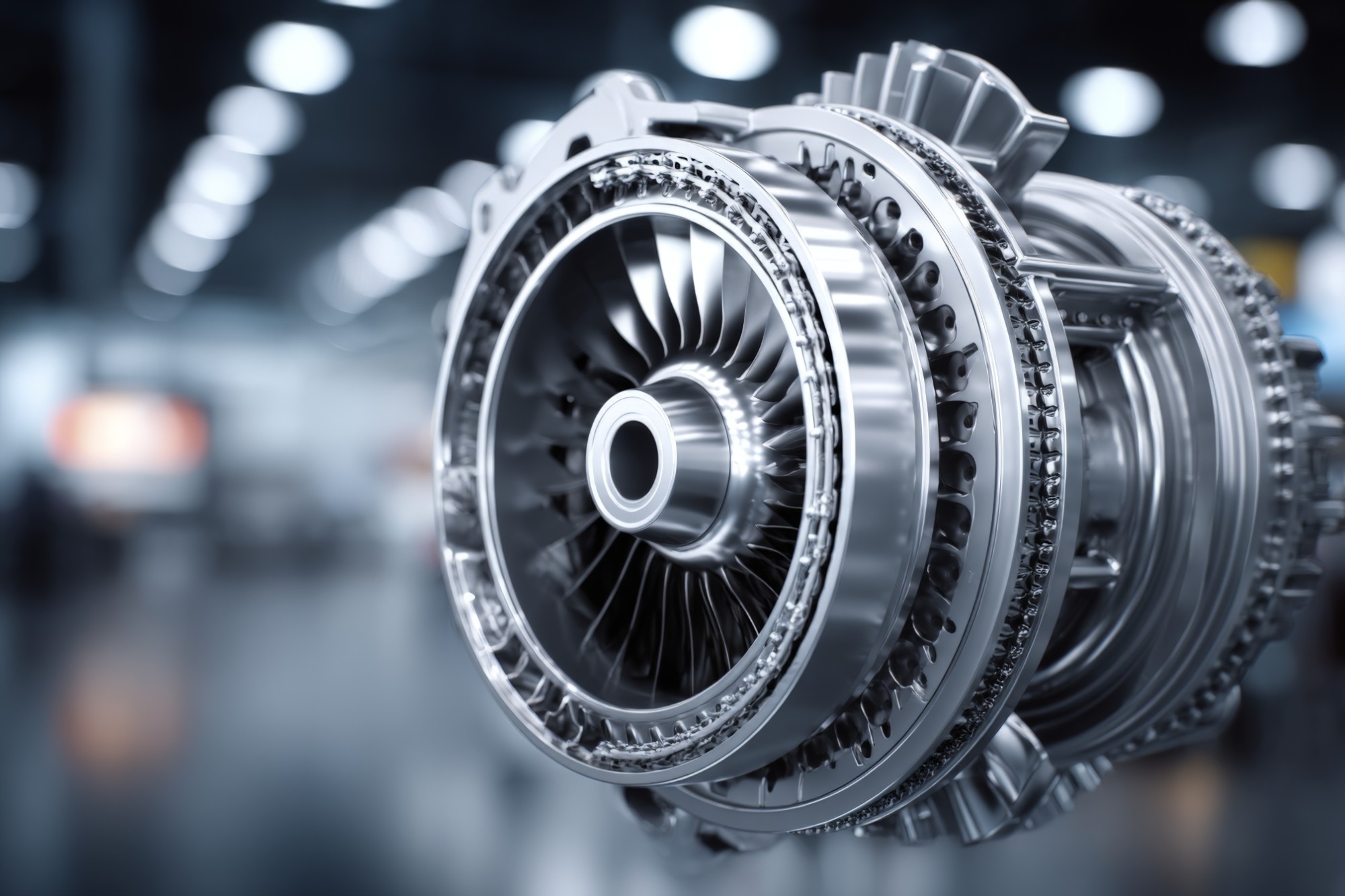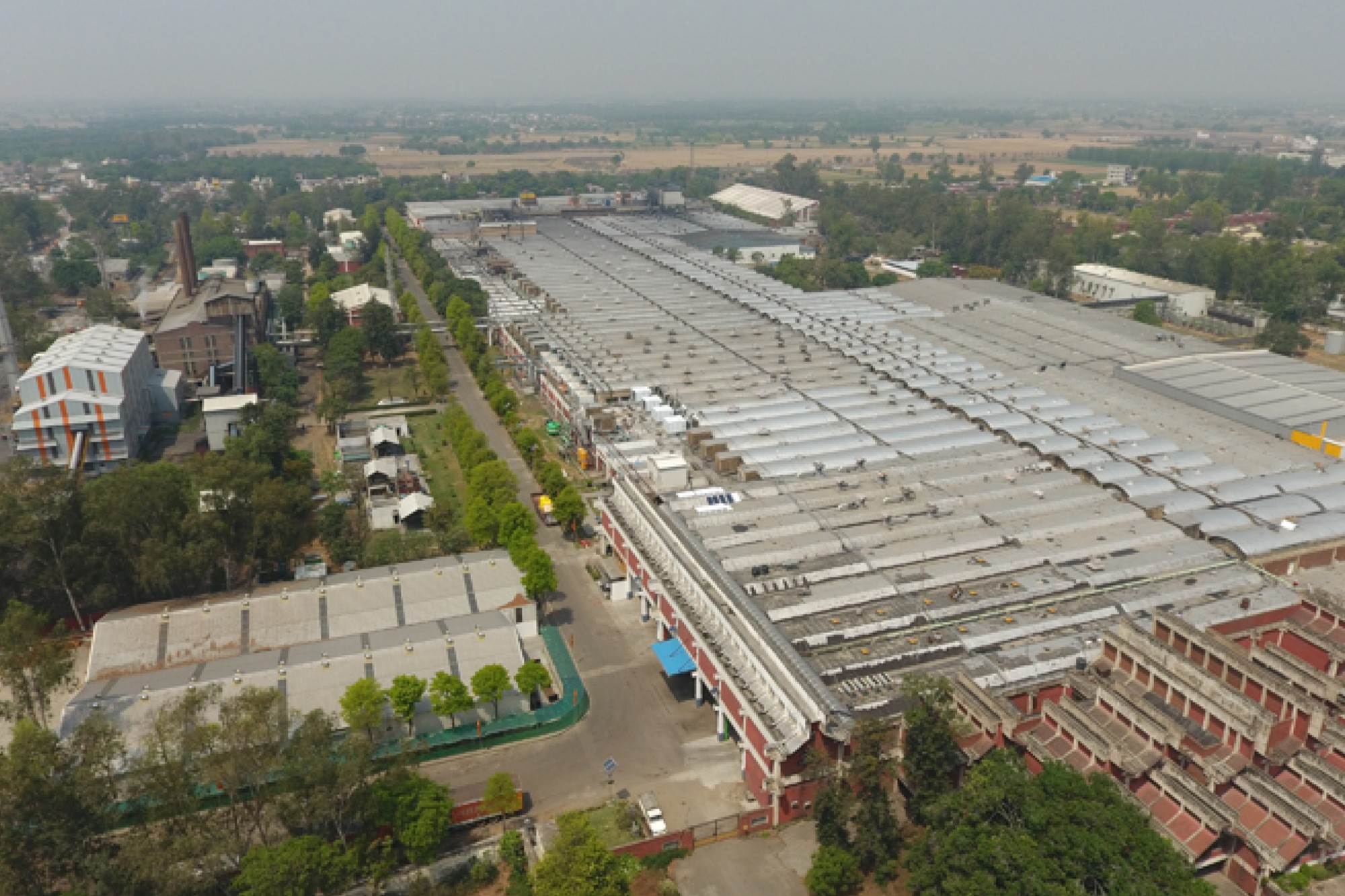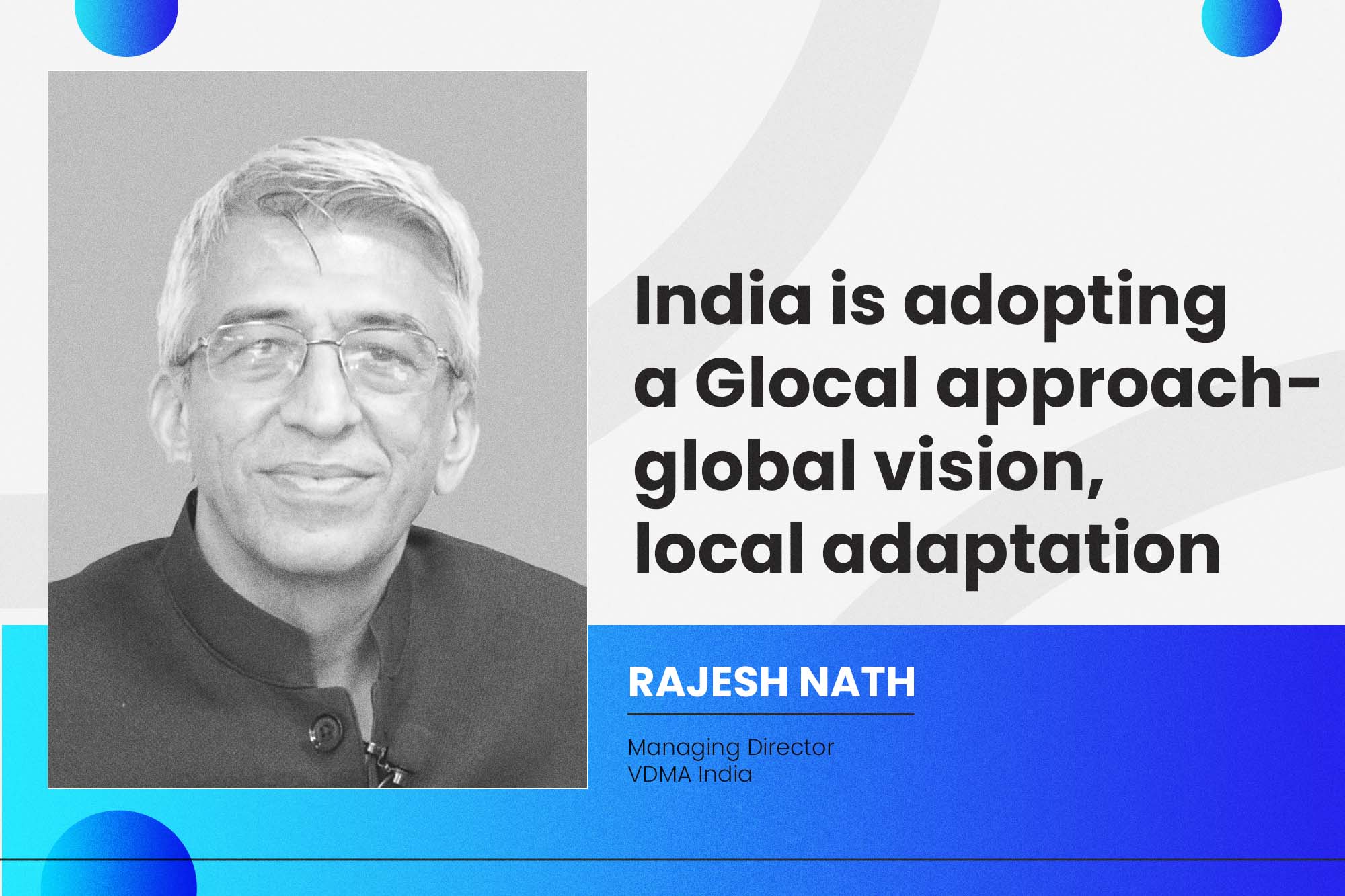Leveraging Benefits of AI, ML and 3D Printing
By OEM Update Editorial June 9, 2021 11:57 am IST
The MSME sector will benefit from Industry 5.0 practises by making the best use of human, AI/ML, and machine efforts.
Talking about the intervention of Industry 4.0 and Industry 5.0, Vineet Seth, Managing Director – South Asia & Middle East, Mastercam explains how the latest technologies can lead the Indian manufacturing and machine tools industry.
Future of India’s machine tools sector with Industry 5.0
It may not be that most Indian Industries have adopted or embraced much of the technology that is a part of Industry 4.0; but yes, it partly exists at some places. We must understand that the term IIoT or Industry 4.0 is around 10 years old. Considering that my team and I started speaking about HSM and 5-axis machining in mainstream applications in 2002-03, and yet, the penetration of these technologies (after nearly 20 years!) is still not significantly adopted in Indian manufacturing, lends testimony to the fact that we are an industry that explores, understands, applies and makes a decision on whether a technology is really important for our needs. If yes, how impactful is this technology, if we do not adopt it or adopt it – is a study, many manufacturing engineering companies invest their time and efforts in.
Therefore, it is highly unlikely that Industry 4.0 has even reached maturity in the western world, at this stage.
Now, Industry 5.0 is a relatively newer terminology, as recent as the past year or two. It is also a very interesting concept. While Industry 4.0 (or the 4th Industrial Revolution) focused on a connected world, with little or no human intervention, Industry 5.0 envisions an interaction of the human mind, capability alongside cognitive computing to ensure that humans are still an integral part of manufacturing, with machines doing all the arduous work, while humans focus on the tacit and lighter part of the work.
Instead of calling it Industry 5.0, I would have preferred to call it Industry 4.1, as there are really some small tweaks to existing Cognitive computing and a connected world, while keeping the human mind and capability at the core of cohesive manufacturing.
Business transformations with AI, robotics and 3D printing
Data is King. Much of the advances in manufacturing, in relation to Industry 4.0 – whether it is AI, or a connected data enterprise, rely solely upon intelligent analytics that are based on a data set. Larger the data set, better the predictability / probability of an event. As the manufacturing organisation generates data via the IIoT devices and processes connected together, a predictive map starts to emerge based on key business pointers. These pointers provide the organisation with a statistical intelligence on how well machines, materials, methods and processes deviate from the “optimal” or “target” values. The deviation (both positive and negative) is measured and this information enables decision makers to make informed decisions, that affect their business positively. Therefore, all these tools really are enablers of a scientific Decision Support System.
Modern 3D printing and Robotics are relatively newer technologies – as they have undergone several transformations in the past 2-3 decades, to reach their current avatar. 3D printing has existed for a long time now – and was particularly used as a prototyping tool, when it first evolved. Robots on the other hand were an answer to a string of demands by the Automotive industry’s production speed.
The current day popularity of these two technologies is largely due to the reduced cost of implementation of these technologies in mainstream manufacturing and the fact that the application is no longer limited to what it was 30 years ago. Metal 3D printing, conformal cooling, Light weighting are some of the benefits of modern 3D printers and software technology. Robotic machining, Linishing, Laser cutting and Tape laying are some of the newer areas of application of Industrial Robots and software technology. All of these, have definitely contributed to new business strategies, reduced time and costs as well as newer and better processes.
Bridging the manufacturing technology gap with AI, ML and 3D printing
Barriers to SME and MSME adoption of factory automation, digitisation, and roboticsThe need for automation, demand-supply gap, training gap, finance gap and vision gap are some of the factors that come to mind, amongst others. Many SME and MSME companies are first generation entrepreneurs, who may not have requisite guidance nor the required finance to adopt these technologies from the beginning. Most of them start with a single/few machine(s), and go after opportunities which are “low-hanging fruits” on the service/product front.
There is also a dearth of senior professionals or consultants who are really experienced with the cutting-edge knowledge in the domains of Factory Automation, Digitisation and Robotic applications. Of-course this tribe is growing in recent times, but it will be some time before there is wide-scale knowledge explosion in these domains.
The non-availability of such high-end curricula in academia that feeds resources to the MSME sector may also be one of the main reasons why manpower in MSMEs require additional training and constant hand holding for a prolonged period of time, before they have commensurate working knowledge of the technology.
Financial required financial and regulatory assistance to leverage newer technologies and improving efficiency in the machine tool sector
To my knowledge, in recent times, many state government and central government schemes are already in place to encourage the growth of the MSME sector in the country. As far as regulatory assistance goes, I believe that instead of crowding existing large industrial cities and towns, tier-1 and tier-2 cities should be encouraged to form clusters and expertise in a specific technology or trade, and become production as well as research centres in their own rights. This will bring about a technological as well as an image change for the set of industries associated with such projects.
Some states are offering many sops for MSMEs to set up manufacturing in certain identified zones/regions, to promote manufacturing.
On the finance front, cash-flow is a current day and age-old problem for the MSMEs. There are also some schemes for MSMEs to benefit from the above, but they’re not availed fully due to a variety of non-conducive factors.
The way forward for machine tools sector
In some ways, a few top-notch manufacturing companies are already using some parts/components/processes from Industry 5.0, but since this is a recent concept and is still evolving, we will need to wait and watch if it delivers the balance that is expected out of the technologies and processes it is a proponent of.
Indian machine tools will certainly benefit from both Industry 4.0 and 5.0 techniques and components. From improving machine core structure, to improved intelligence in preventive maintenance, to optimal load balancing to a host of other features. As usual, the first mover in this domain will build a huge knowledgebase and stand to revolutionise the domain in the near future.
Cookie Consent
We use cookies to personalize your experience. By continuing to visit this website you agree to our Terms & Conditions, Privacy Policy and Cookie Policy.




